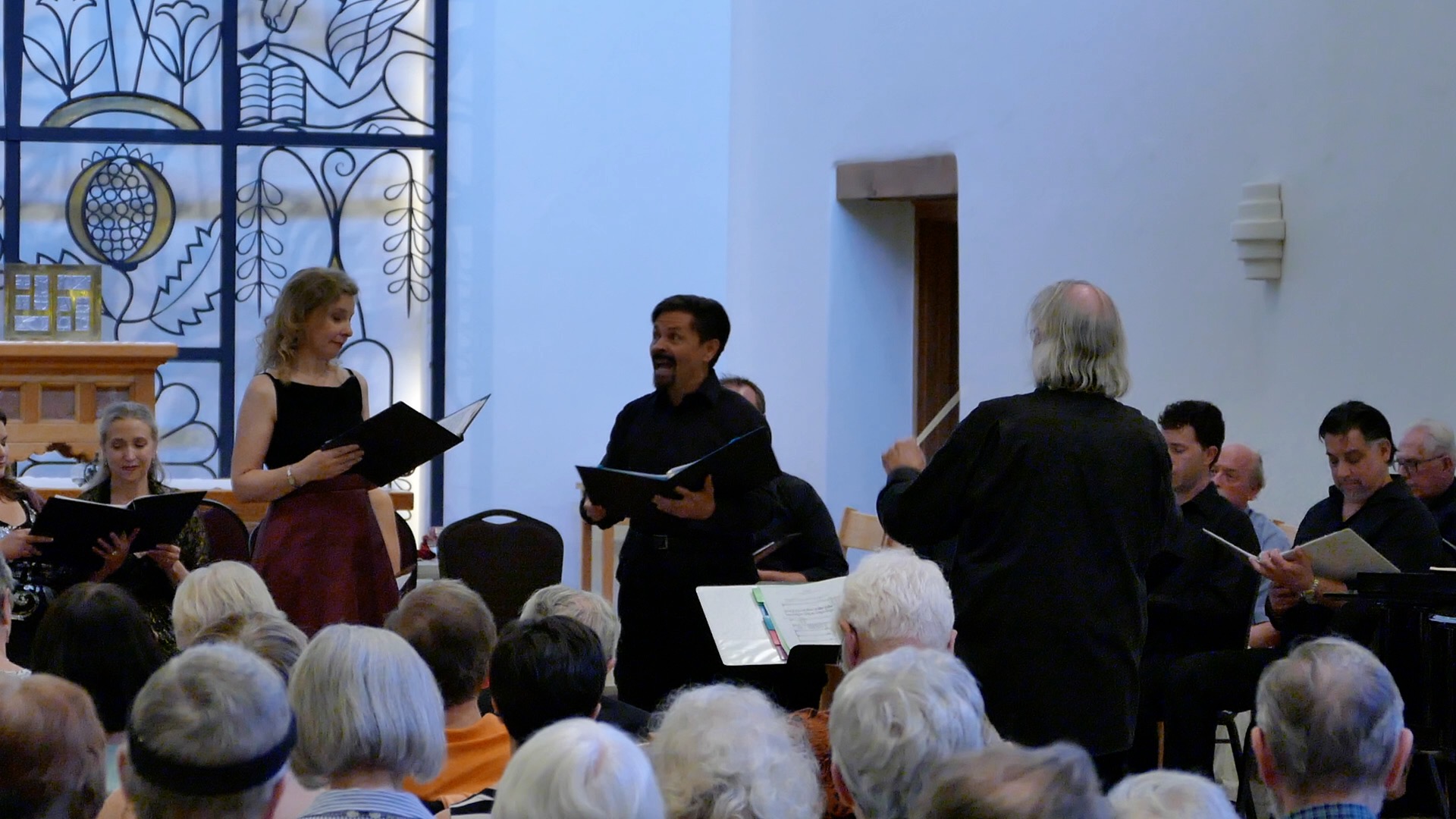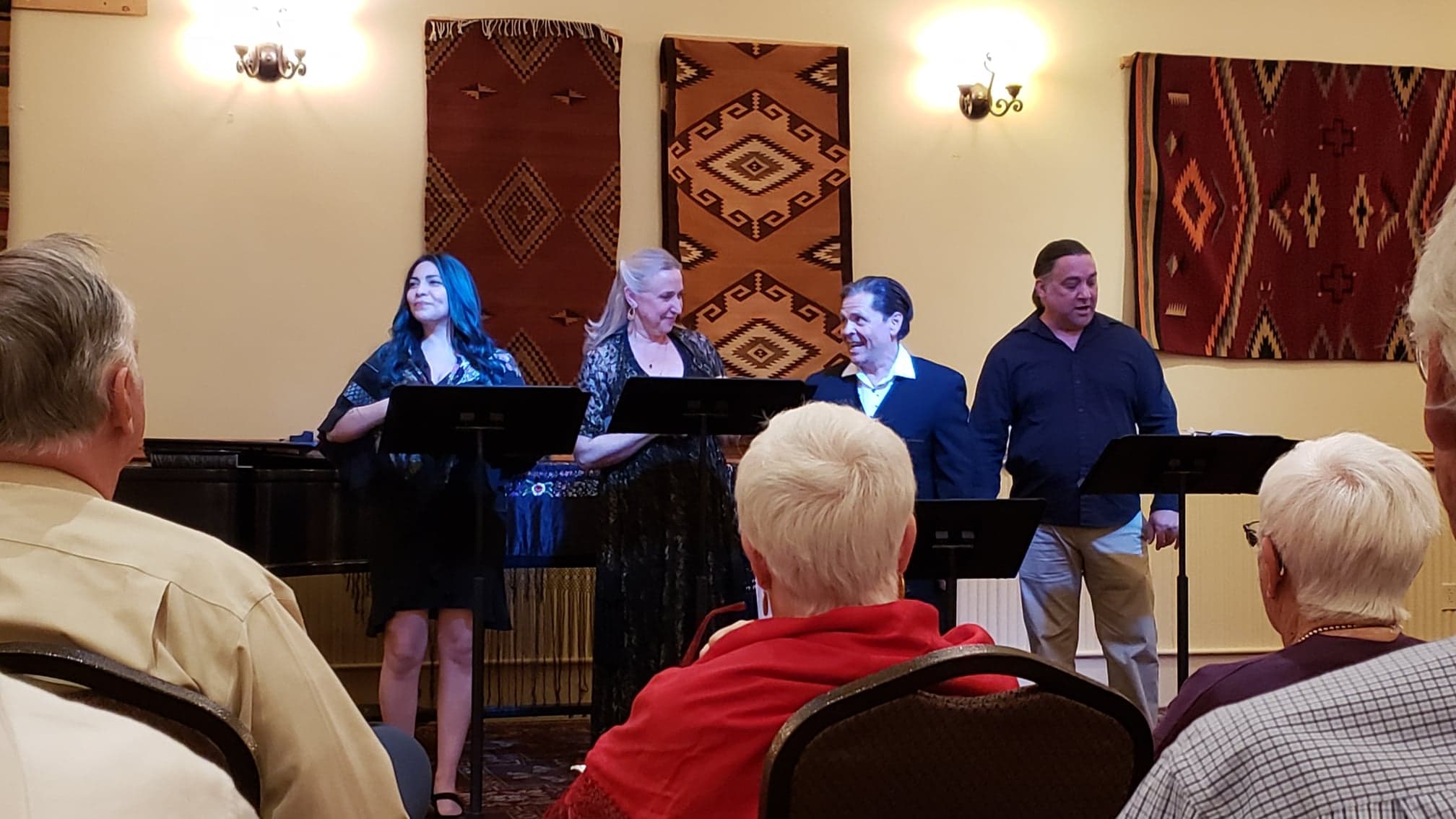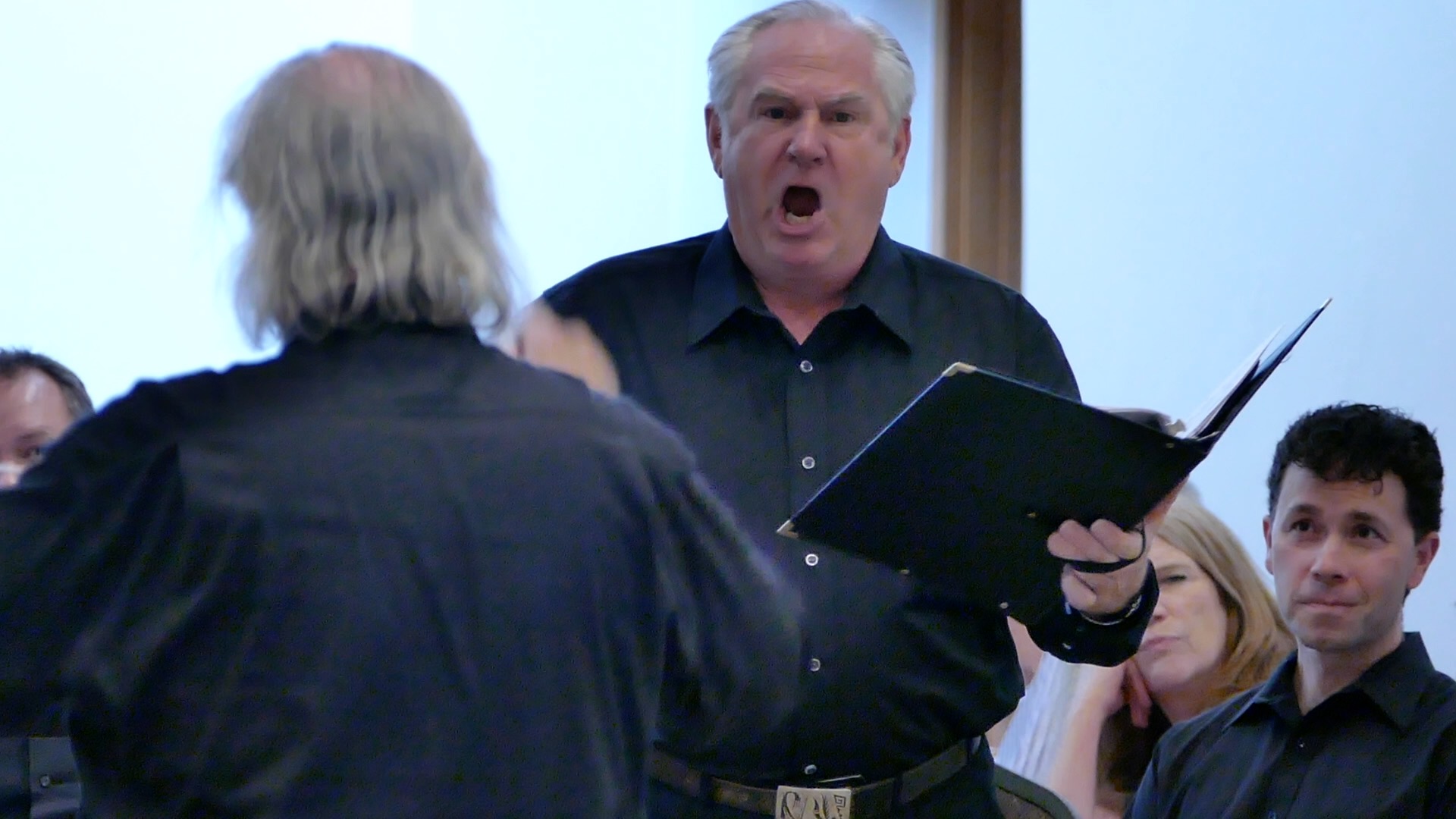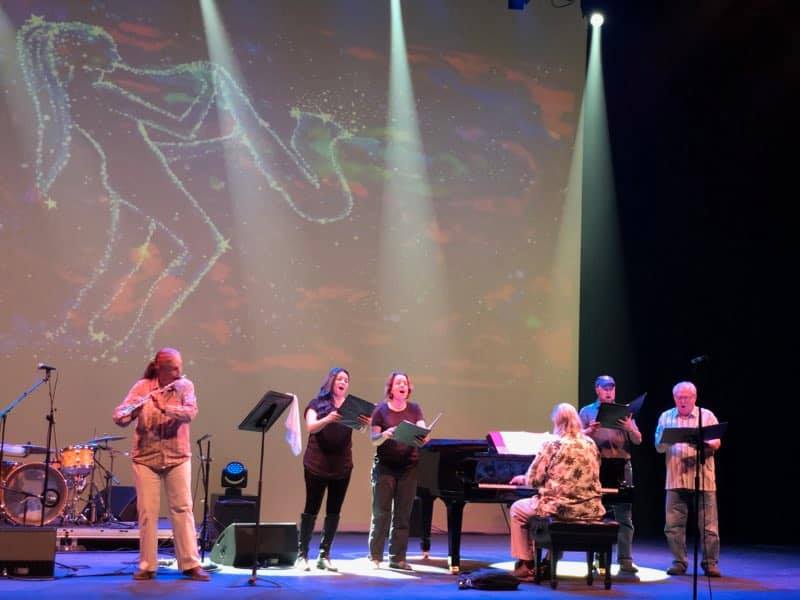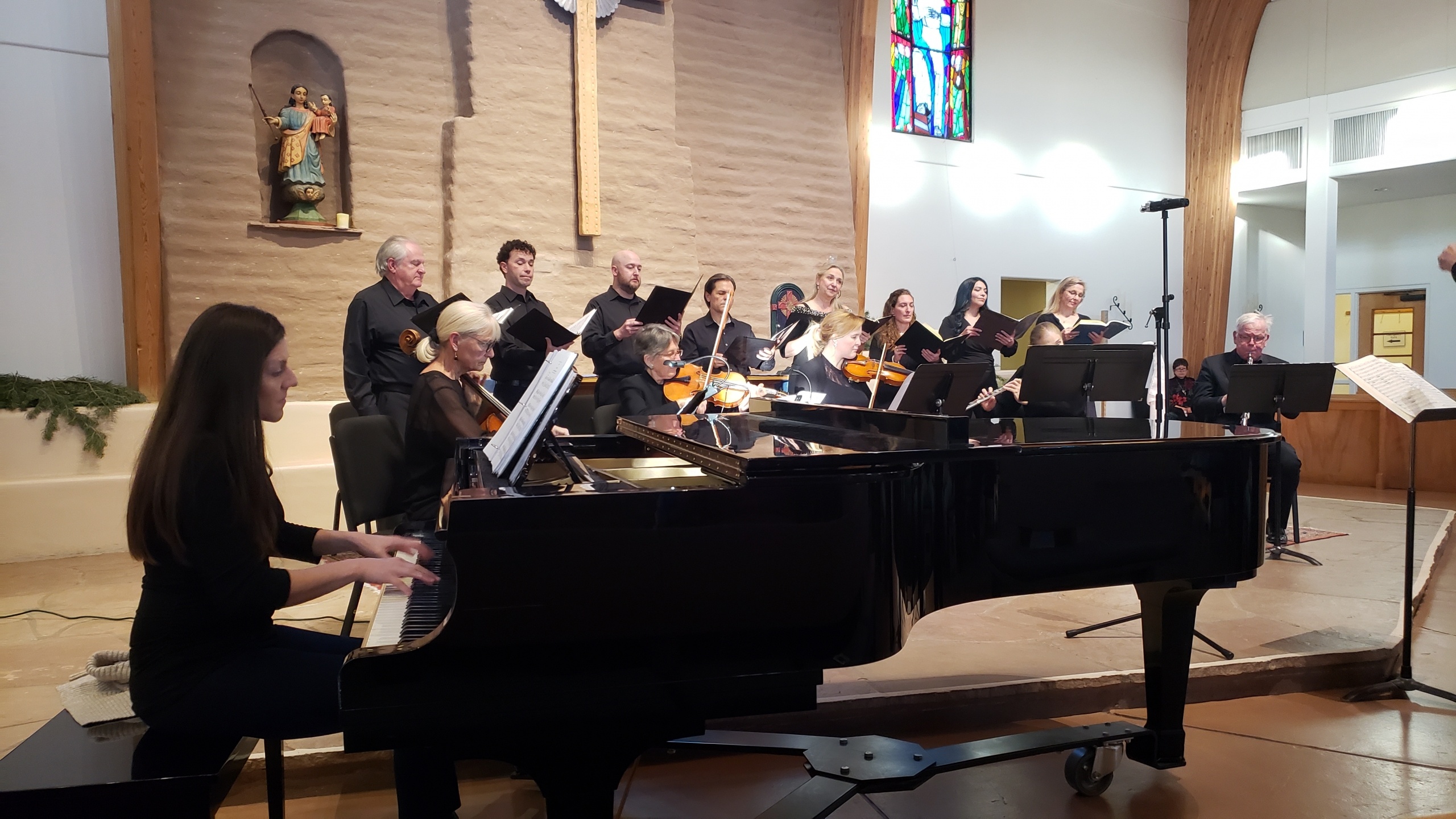Rachel Wixom, Executive Director, The Ralph T. Coe Center for the Arts
NMPAS Executive Director Linda Marianiello met Rachel Wixom at a Santa Fe Community Foundation meeting in 2012. They’ve been following each other’s progress with their respective organizations ever since, and have collaborated on several occasions. A few years ago, for example, The Ralph T. Coe Center for the Arts hosted a Native flute concert that was part of Santa Fe Flute Immersion. The two work together toward common goals and share the challenges they face in a mutually supportive way. Rachel is a valued member of the NMPAS Advisory Board.
The Story of The Coe Center
Rachel Wixom came to Santa Fe from New York City, where she had lived for more than twenty-five years. The reason she moved to New Mexico at the end of 2011 was to set up her uncle’s foundation. He passed away in 2010, and she was initially involved in settling his estate. In January 2012, she took up her position as Executive Director of The Coe Center for the Arts. Rachel purchased her Santa Fe home several months after that.
The Coe Center moved into its current space at 1590B Pacheco Street in early 2014. The artwork had been in storage, so they moved the collection into their space. She brought Bruce Bernstein onto the staff part-time as Chief Curator in early 2014, although he had been assisting her as far back as 2012.
About Ted Coe
Rachel’s uncle, Ralph T. Coe (“Ted”), grew up in a family of art collectors in Cleveland, Ohio. He wrote some wonderful stories about his art collecting, including the 2003 Metropolitan Museum of Art exhibition catalog, The Responsive Eye: Ralph T. Coe and the Collecting of American Indian Art. He collected for his entire life. Ted ended up at the Nelson-Atkins Museum in Kansas City, where first served as Curator and eventually became the Director. The Nelson-Atkins Museum wouldn’t be what it is today, had it not been for her uncle.
Ted’s interest in art was not limited to Native American art, which was reflected in his collecting of decorative arts, as well as African, Indonesian, Central American art and more. He learned a lot about humanity through global art. Ted considered his collection a living entity and a responsibility. He wanted to take care of it properly as he planned for the end of his life.
In 2003, the Metropolitan Museum of Art in New York City exhibited a number of works in Ted’s collection in The Responsive Eye. This was a promised gift, and these works made their way into the museum’s permanent collection, creating the Met’s core collection of Native American Art. Ted is considered a benefactor of the museum.
Originally, the non-Native American parts of the collection, e.g., African, Oceanic, etc., were supposed to go to Oberlin College, his alma mater. Ultimately, however, he realized that their space was not sufficient for the size of his collection. All of the Native American pieces were to go to the Metropolitan in NY, but he feared that these pieces would end up in storage and be misunderstood.
So he established the Ralph T. Coe Foundation for the Arts here in Santa Fe. Her uncle had Alzheimer’s, but she was able to talk with him about his wishes for the collection and his ideas for the foundation. He asked Rachel to head up the organization and get it started on its path.
She was head of publications at the Whitney Museum in New York City at the time, but she said Yes to his request. They had to sell a few items in the collection in order to bring Rachel to Santa Fe. But she felt that Santa Fe was the right location to realize her Uncle Ted’s wishes.
Ted Coe wanted the collection to raise awareness and understanding, to inspire and to educate. The Coe Center is very artist oriented. They’ve had wonderful relationships with some of the artists represented in the collection and with others who are indirectly connected to it. Ted didn’t want the collection to be static. Rachel also notes that some objects can spark important dialogues – people are interested in diversity today, so what the Coe Center provides is hands-on insight into other cultures and ways of looking at the world.
The Coe could have become a grant-making organization, Rachel explained. And they may still do that in the future. But their current interest is focused on engaging with people and building relationships by partnering, which is also what inspired Ted. He didn’t care if those he interacted with were the Queen of England or an everyday person. If there was interest to learn, then he was interested in engaging. Similarly, The Coe is open to everyone free of charge.
Ted wasn’t too specific about programming for The Coe Center. They have taken to loaning out objects from the collection and doing walkthroughs. It’s a very personal experience to visit their site. Students, artists, or others might be working there when someone visits. “You never know what kind of experience you may have when you come to The Coe Center,” Rachel said. Visitors’ interests, rather than those of the staff, lead the tour.
Rachel’s Background
Rachel is dyslexic, which made learning a challenge. She attended Wells College in Upstate New York with the initial thought of going into science.
Her interest was piqued by Joseph Campbell’s work on a series, The Power of Myth, with Bill Moyers. “Follow your bliss”*** was something that deeply influenced her life from that point on. But she didn’t actually know what she wanted to do with her life until her Uncle Ted asked her to run his foundation many years later.
In college, Rachel found a niche in art history. Her mom had spent time in Europe after college. So Rachel went to Germany, learned the language, and was an au pair in Munich for two years.
Upon returning to the US, she connected with a wonderful art bookstore on Madison Avenue in New York City, Wittenborn Art Books. This led her to a German art publishing company, teNeus Verlag, which was family owned when she worked there. She rose through the ranks of the company. Her background in German language and culture was helpful in getting the position.
This was in the 1990s. Rachel was based in their New York office, but she spent quite a lot of time in the German office in Kempen, a suburb of Düsseldorf. Being there on business gave her the opportunity to spend time in various European countries. It was a fruitful time for her.
From there, she took a position at the Whitney Museum, where she became managing editor. After her first year, they hired her to become head of publications, and she stayed at the Whitney for about a decade.
When Rachel looks back at her life experiences and the positions she has held at various companies and institutions, she realizes that all of them helped her to arrive at where she is today with The Coe Center.
Programs at The Coe Center
Rachel has now been at The Coe Center for eight years. Once they moved into their current space, they wanted to serve the public. Her first program was about giving young people an experience through the art in the collection. She wanted to work with middle school students. With the assistance of the artist Teri Greeves, the Hands-On Curatorial Program was born and is now in its sixth year. Teri’s mother was Kiowa and her father, Italian. Her mother ran a trading post in Montana. Teri now lives in Santa Fe with her family.
When the program started, they had four students from a middle school, The Academy for Technology and Classics, which is out near the Institute of American Indian Arts. The goal was for the students to develop an art exhibition. They had to acquire the skills needed to produce the exhibit themselves. Teamwork, compromise, and other skills that they need in life were a few benefits of the program. One student loved it so much that he stayed in the program for four years. He is now a freshman in college and has a very bright future, as do other participants in the program.
After a few years, Rachel hired curator Bess Murphy, who moved the Hands-On Curatorial Program from middle school to high school. Bess has been working on the program for six years and has shaped it in meaningful ways.
In the process of creating programs, they changed the name to The Coe Center, rather than Foundation, which better describes what their programs are about and what The Coe Center represents—bringing together.
COVID-19 has changed how they structure the Hands-On Curatorial Program. There used to be an exhibit on site. With all of the issues around remote learning in school during the pandemic, it has been hard to involve the students in the same in-person way as when they could meet on site. So they moved to a student-created website exhibition, rather than an on-site exhibition.
Other past programs include A View from Here: Northwest Coast Native Arts from the Richard and Joan Chodosh collection, which also featured a special event around Indian Market. Another project was spearheaded by a board director, who was interested in a bracelet by the Oklahoma artist Julius Caesar. This became the exhibit, How it was Handed to Me: The Caesar Family Legacy. The object is made of German silver, which is not silver, and is an alloy of copper, nickel and zinc. “It’s a difficult material to work in,” Rachel said. This morphed into an experiential exhibition, an exploration based on the bracelet. More information about the exhibition and accompanying events can be found on The Coe website: https://www.coeartscenter.org/
Another project, FUNCTION, culminated in a special event that took place in their parking lot in August 2019. Youth Works catered for them. Everyone ate together. At the end of the dinner, they smashed the plates that had been created for the event by the artist in collaboration with the public. People were reticent to smash them. But the lesson people took from this is that the journey of creation is what matters, rather than the object itself. The artist took the shards and will repurpose them into something else.
IMPRINT involved printing on paper and the art of printmaking. Artists created prints which they put into a kiosk that then traveled around New Mexico and up to Colorado. The idea was to bring art to the public for free, by placing the it in front of stores and in other unexpected places. People could simply pick up a print from the kiosk. Removing the monetary element and understanding that art is art, whether its costs a lot, a little, or nothing, was the message they wanted to convey: Art is for everyone, and print is everywhere. The Coe Center partnered with The Santa Fe Reporter, which included original artist works in the Indian Market issue that were given away for free; they were swept up very quickly.
What Makes Art, Art
Taking the monetary element out of art and providing experiences that enrich people’s lives are part of The Coe Center’s ongoing mission. They wanted to take The Coe somewhere in “a wall-less way,” as Rachel expressed it. And thinking of the collection as something other than a “traditional museum” is working well for them. It gives people a means to process life, to understand what has happened in the past, and to understand our humanity.
The Coe Center is about taking the elitism out of art and bringing it down to earth. Rachel explained that, because of the collections they house, many large art institutions have had to cater to wealthy donors. This is understandable given the growing need to raise funds. However, this has created the perception among the general public that these institutions are not for them. But, historically, art has been part of people’s culture, cultural context and expression. Art brings people together around our shared humanity. The Coe Center chooses to bring it back to the public and to those communities that are represented within the collection.
The Impact of COVID-19
Rachel is trying to look at the pandemic as an opportunity in which The Coe Center has been able to reflect on its mission and work. “You want your core to be strong,” she said.
With this in mind, they’ve moved to a mostly online format and spruced up their e-newsletter. They are diving into the collection and sharing information about various artworks. They want to get the perspectives of the individuals and communities in which the artwork originated – why was the item made? How do those whose culture produced the artwork see and understand it?
The Coe’s Collection Spotlight enables them to connect with artists all over North America. They invite an artist to come to the collection, either virtually or in person. The artist then speaks about the material. Artists present in an authentic way – it can be earthy, human, and not super polished. The audience can participate and ask questions. Past videos of these events are found on the Coe’s website and YouTube channel. Collection Spotlight now takes place monthly, pending artist availability. Rachel mentioned that programs sometimes come together at the last minute. But these presentations are very exciting and compelling.
They have accepted some gifts since opening in 2012, Rachel explains. But just getting larger isn’t the main purpose of The Coe Center. They want people to explore the items in the collection, rather than to merely offer visitors a bunch of explanatory texts. Experience the art first and re-learn how to “see”; then, you can get more information about it, if you so choose.
Future Aspirations
The Coe is more than a job for Rachel. The collection will have a life of its own, and she will eventually step away. For now, however, The Coe Center is closely connected to her family and who Ted Coe was. A lot of what Ted collected did not involve large financial outlays. But on occasion, he borrowed money to acquire certain artworks and paid them off over time.
Staying where they are and looking for opportunities to use their space is foremost right now. The Coe owns its home, as well as the building in front of them, which could eventually be renovated. But this will be quite a few years in the future. The building in front is a 6,800 square foot warehouse. They want to possibly rent the space to help offset the expense of its care. In the meantime, they have opened it to other nonprofits for one-off projects – Chain Breakers is going to store bikes there, for example. An artist might use the space to make a film. They are still exploring the use of the space, particularly in the era of COVID-19.
Rachel added, “The thing about being small is that it lets you pivot more easily and quickly than larger organizations.”
Currently, Rachel wants The Coe Center to focus more on the collection and sharing it online while in person visits are limited. But this is a work in progress, she emphasizes.
***Editor’s note: For those not familiar with Joseph Campbell’s work, here is an excerpt from the Wiki article about him:
“One of Campbell’s most identifiable, most quoted and arguably most misunderstood sayings was his admonition to ‘follow your bliss.’ He derived this idea from the Upanishads.
[Campbell wrote:] “Now, I came to this idea of bliss because in Sanskrit, which is the great spiritual language of the world, there are three terms that represent the brink, the jumping-off place to the ocean of transcendence: Sat-Chit-Ananda. The word Sat means being. Chit means consciousness. Ananda means bliss or rapture.”
I thought, “I don’t know whether my consciousness is proper consciousness or not; I don’t know whether what I know of my being is my proper being or not; but I do know where my rapture is. So let me hang on to rapture, and that will bring me both my consciousness and my being.” I think it worked.
He saw this not merely as a mantra, but as a helpful guide to the individual along the hero journey that each of us walks through life:
If you follow your bliss, you put yourself on a kind of track that has been there all the while, waiting for you, and the life that you ought to be living is the one you are living. Wherever you are—if you are following your bliss, you are enjoying that refreshment, that life within you, all the time.”
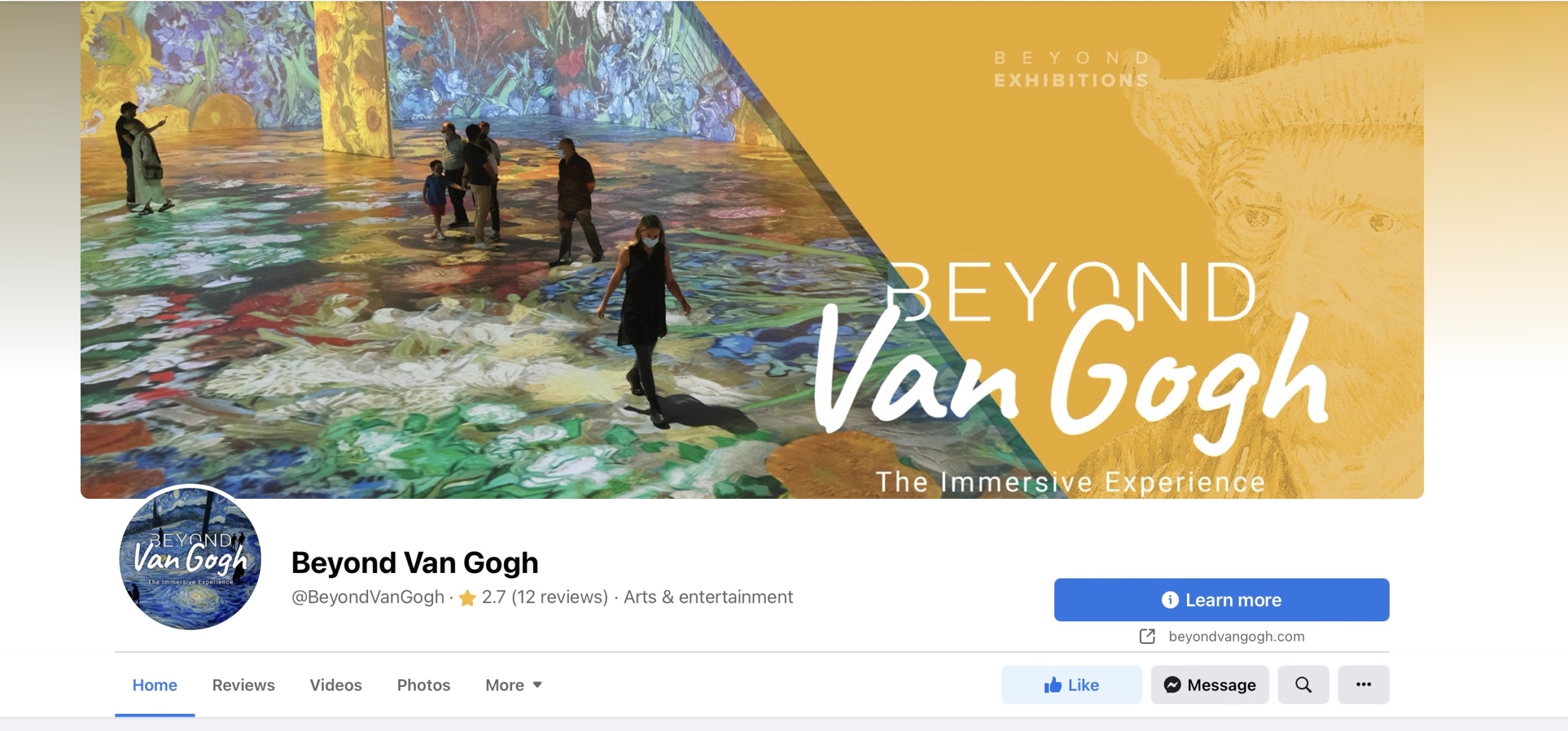
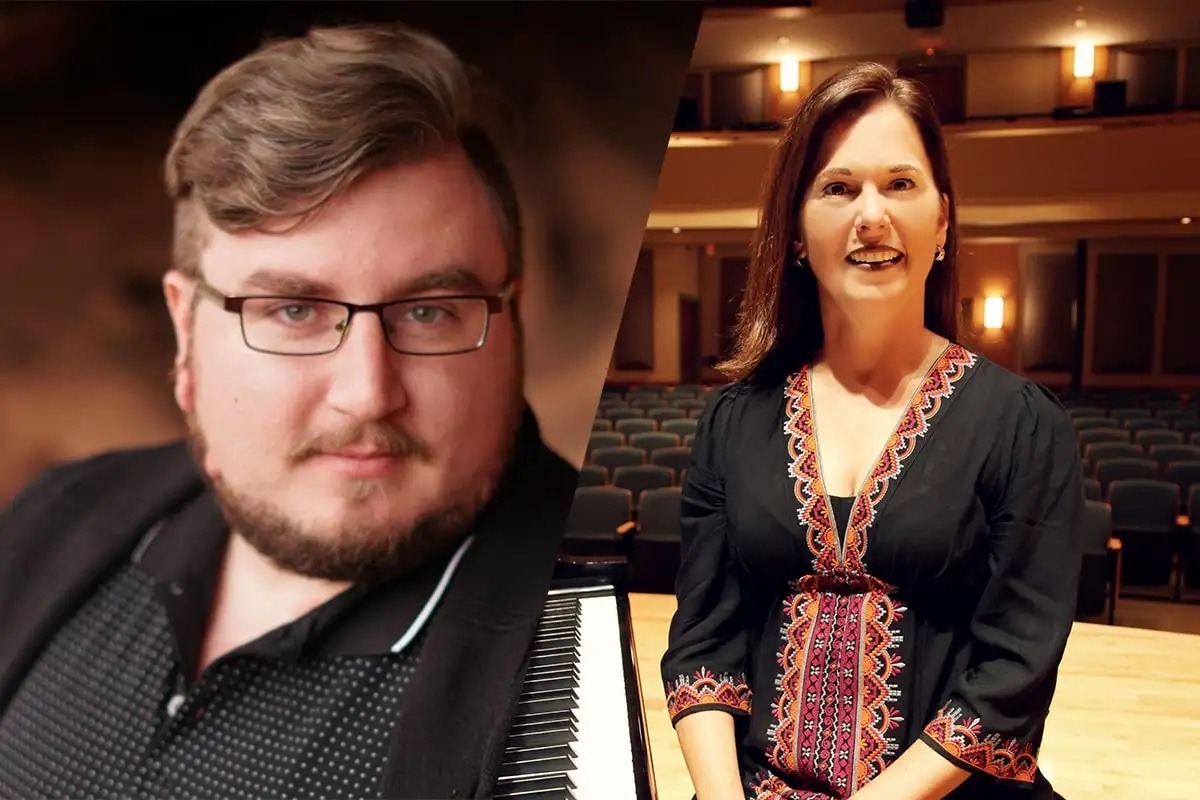

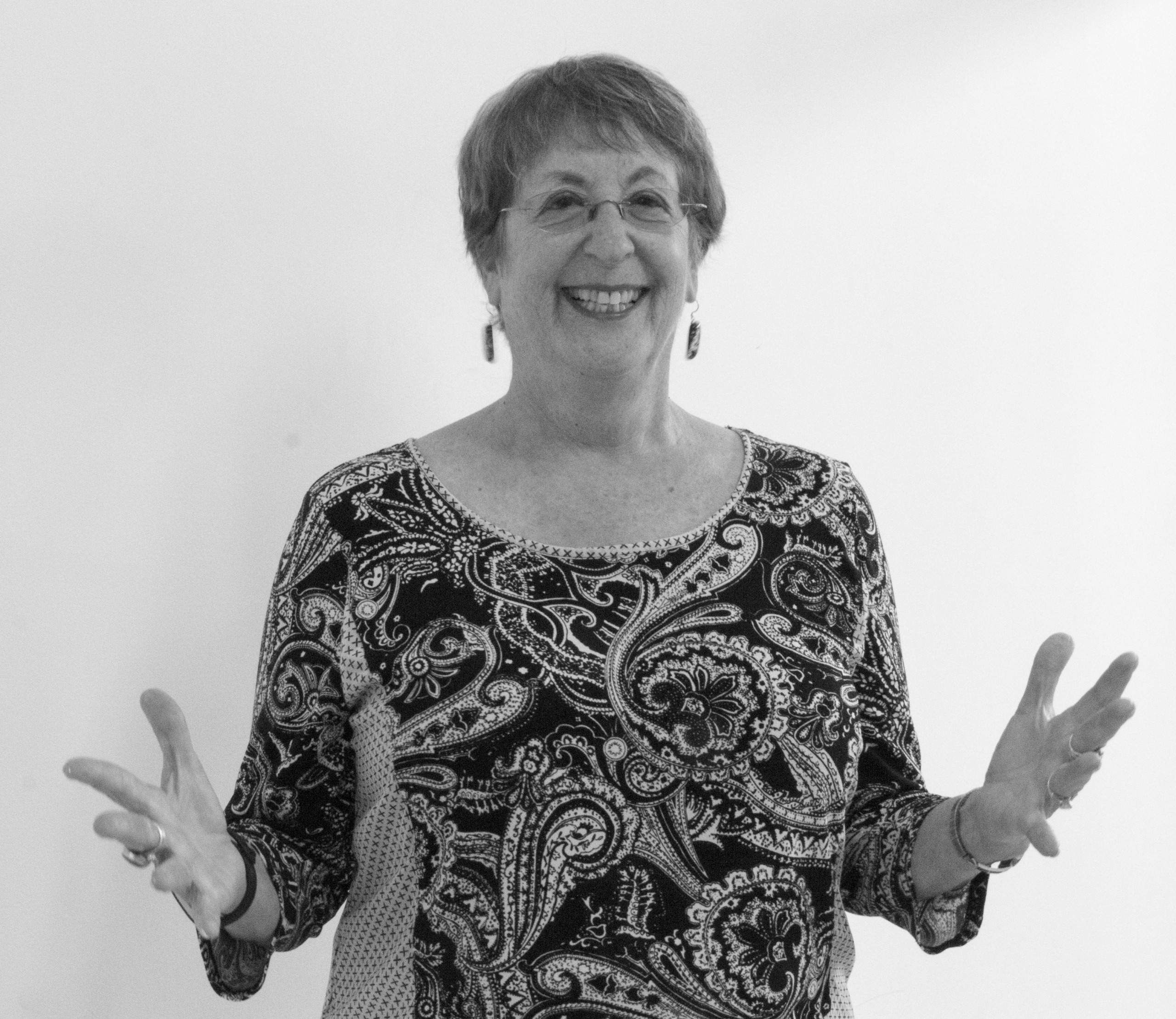
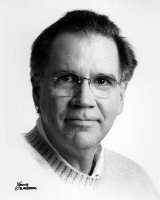
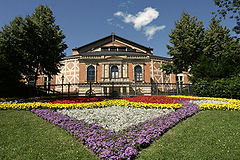

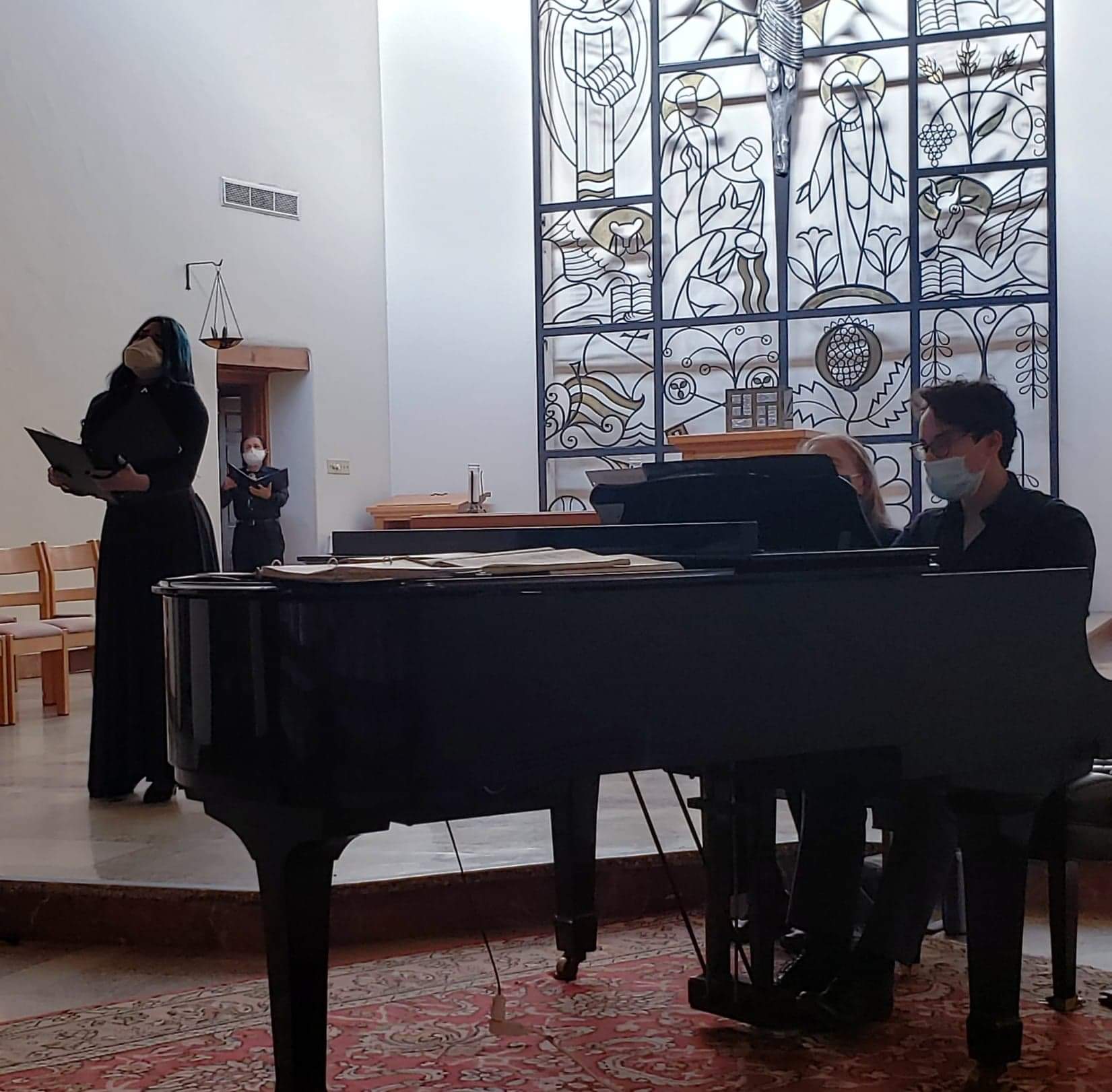
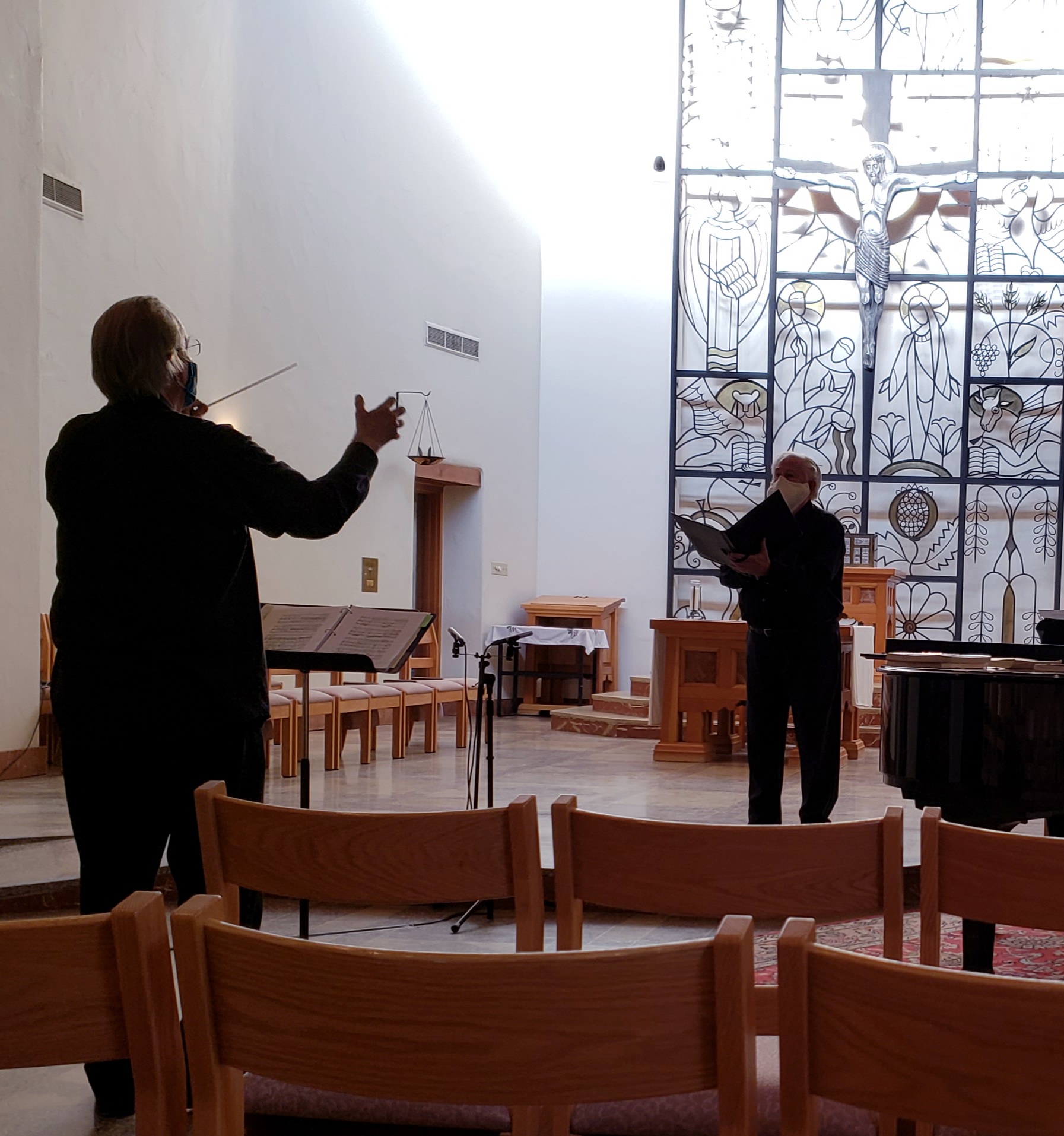
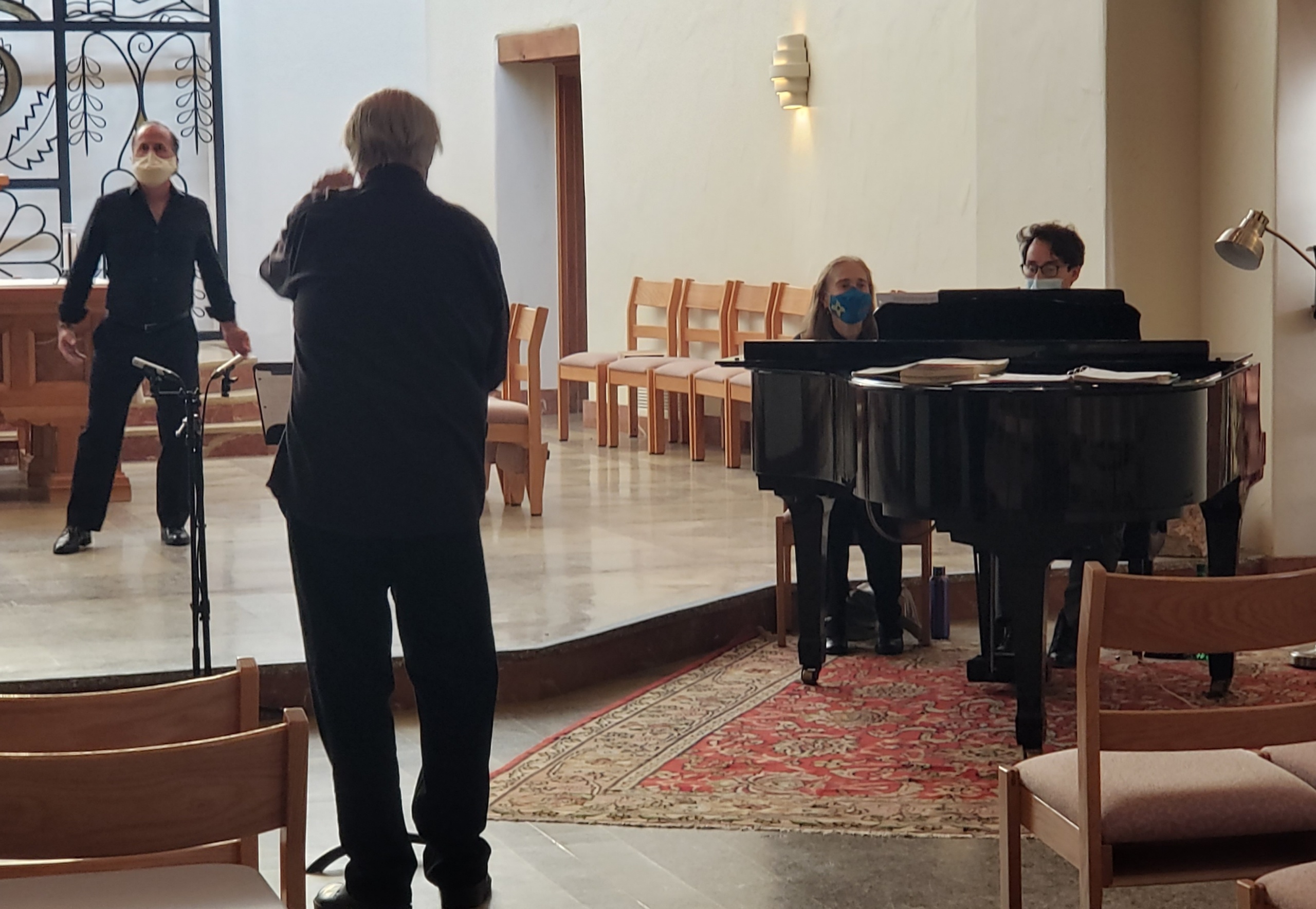
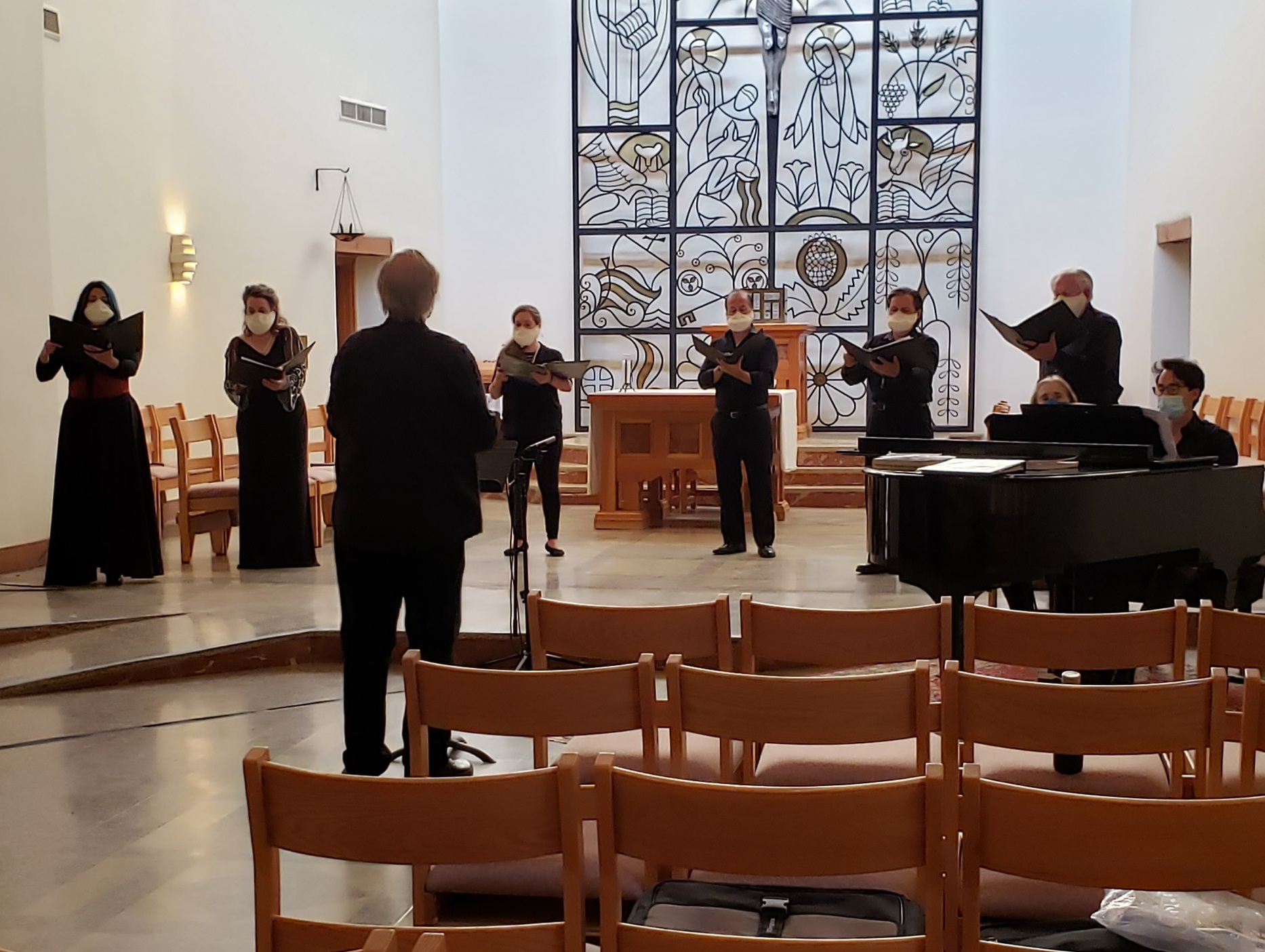

 NMPAS Artist Profile
NMPAS Artist Profile